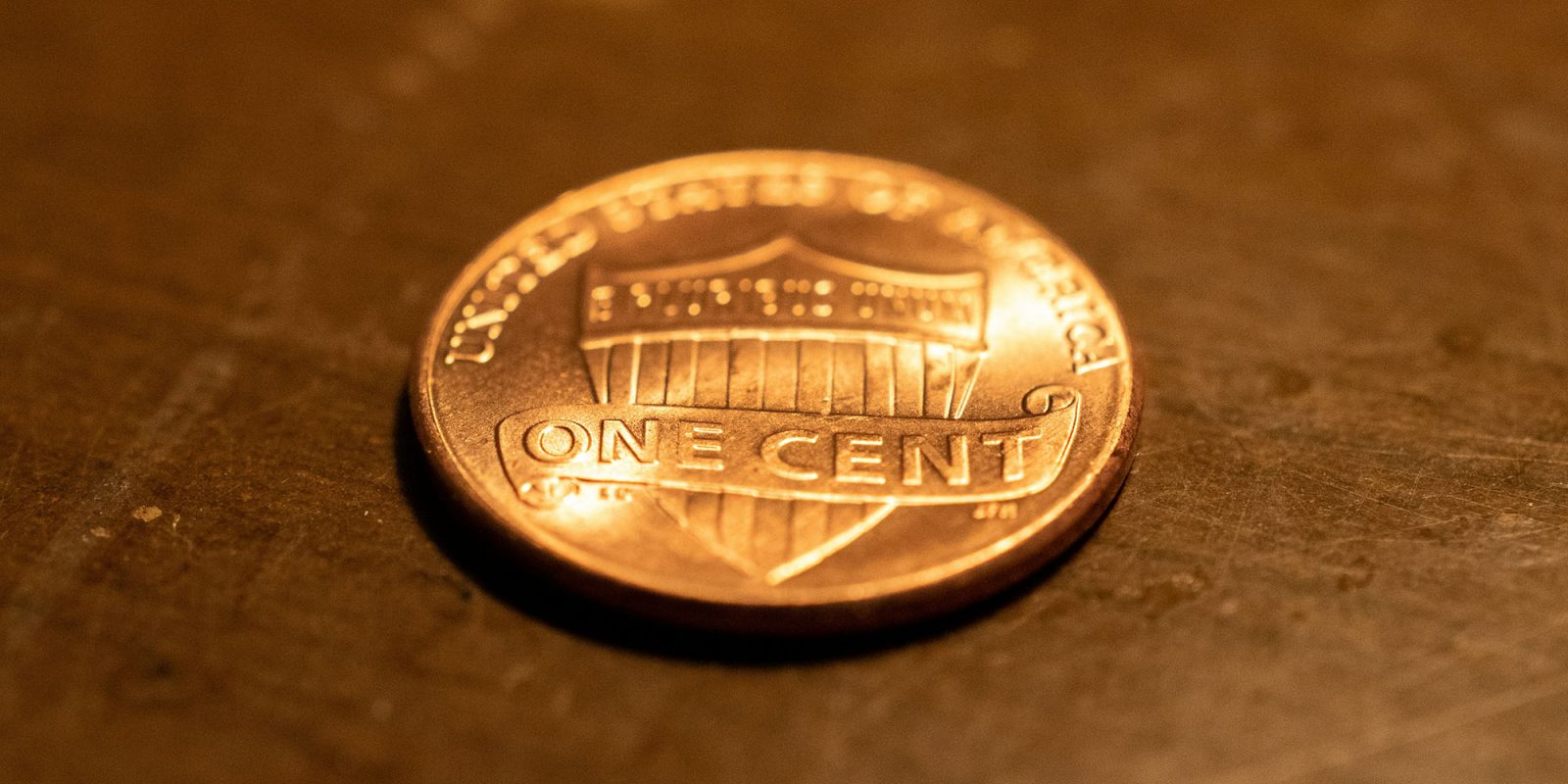
The $250 (yep, there’s no missing ‘M’ from the end of that number) Apple was awarded in its patent infringement case against Masimo might seem amusing – as John Gruber wryly noted, it’s just about enough to buy one Apple Watch SE.
But what was even more amusing is than neither Apple not Masimo could admit what the case was really about for the respective parties …
What the patent infringement case claimed to be about
Apple argued that health tech company Masimo had infringed on its design patents by copying the look of the Apple Watch and charger.
Apple won the case, though was only awarded a nominal $250, which is the smallest amount it was possible for the court to order. In other words, yes Masimo did in infringe Apple’s patents, but there was no financial harm done to the Cupertino company.
Most people had never even heard of Masimo’s watch, it wasn’t competing in the consumer electronics field, and you’d need a microscope to see Masimo’s sales figures for the device.
What it was really about
But as patent expert Florian Mueller points out, that wasn’t what the case was really about anyway. It was really about the O2 sensor patent infringement case Masimo brought against Apple.
In theory, that’s a completely unrelated case. In practice, not so much. If you need a quick recap, here’s one I prepared earlier:
Back in 2013, Apple reportedly contacted Masimo to discuss a potential collaboration between the two companies. Instead, claims Masimo, Apple used the meetings to identify staff it wanted to poach. Masimo later called the meetings a “targeted effort to obtain information and expertise.”
Apple did indeed hire a number of Masimo staff, including the company’s chief medical officer, ahead of the launch of the Apple Watch.
Masimo CEO Joe Kiani later expressed concern that Apple may have been trying to steal the company’s blood oxygen sensor technology. The company describes itself as “the inventors of modern pulse oximeters,” and its tech is used in many hospitals.
A complaint to the International Trade Commission resulted in a compromise, in which Apple was ordered to remove the feature from new Watches sold in the US from January 18 of this year. It was not required to disable the feature in Watches already sold, but could not include it in any new ones.
The lawsuit resulted in five of Masimo’s claims being rejected, and a jury being unable to reach agreement on the rest. That will see a new trial held, at a date yet to be set.
Masimo got its injunction against the O2 sensor in Apple Watches because it makes its own smart watches with the feature. Mueller points out that this fact was essential to the awarding of the injunction.
So, what Apple had hoped to achieve through its own case was to ban Masimo smart watches from sale.
The short version is that if Masimo couldn’t have continued to sell its own smartwatch, they’d have lost a legally required basis for preventing Apple from selling smartwatches.
Apple couldn’t admit its real motivation
But the iPhone maker couldn’t admit this was its goal.
If Apple had said that the only reason it wanted to obtain an injunction was to do away with Masimo’s domestic industry, that would simply have been outside the scope of patent injunctions under [the key precedent case]. The purpose of a patent injunction is not to get rid of another patent injunction (or, in this case, a U.S. import ban, which is an injunction by any other name).
Masimo couldn’t admit its motivation either
Masimo isn’t really interested in selling a smart watch, it only wants to be able to show that it is using its patents in this field. It is likely selling almost none of them, but it can’t admit that.
If Masimo’s lawyers had argued that the company’s sales are negligible, thus Apple isn’t entitled to an import ban, Apple would have used those statements against Masimo in the appeal of the Apple Watch ban. Apple’s most important argument on appeal relates to Masimo’s alleged failure to satisfy the domestic industry requirement.
Apple won in theory, but lost in practice
The court accepted that older designs of the Masimo watch did indeed infringe Apple’s design patents, but not the current one. That means Masimo can continue to sell the current model, and thus retains the legal basis behind its injunction on the Apple Watch.
Both ITC and court actions against Apple could still go either way, so what happened here isn’t definitive – but it does mean that although Masimo lost this case in law, it actually came out ahead in terms of what each company was really trying to achieve.
Photo by Elijah Mears on Unsplash
FTC: We use income earning auto affiliate links. More.




